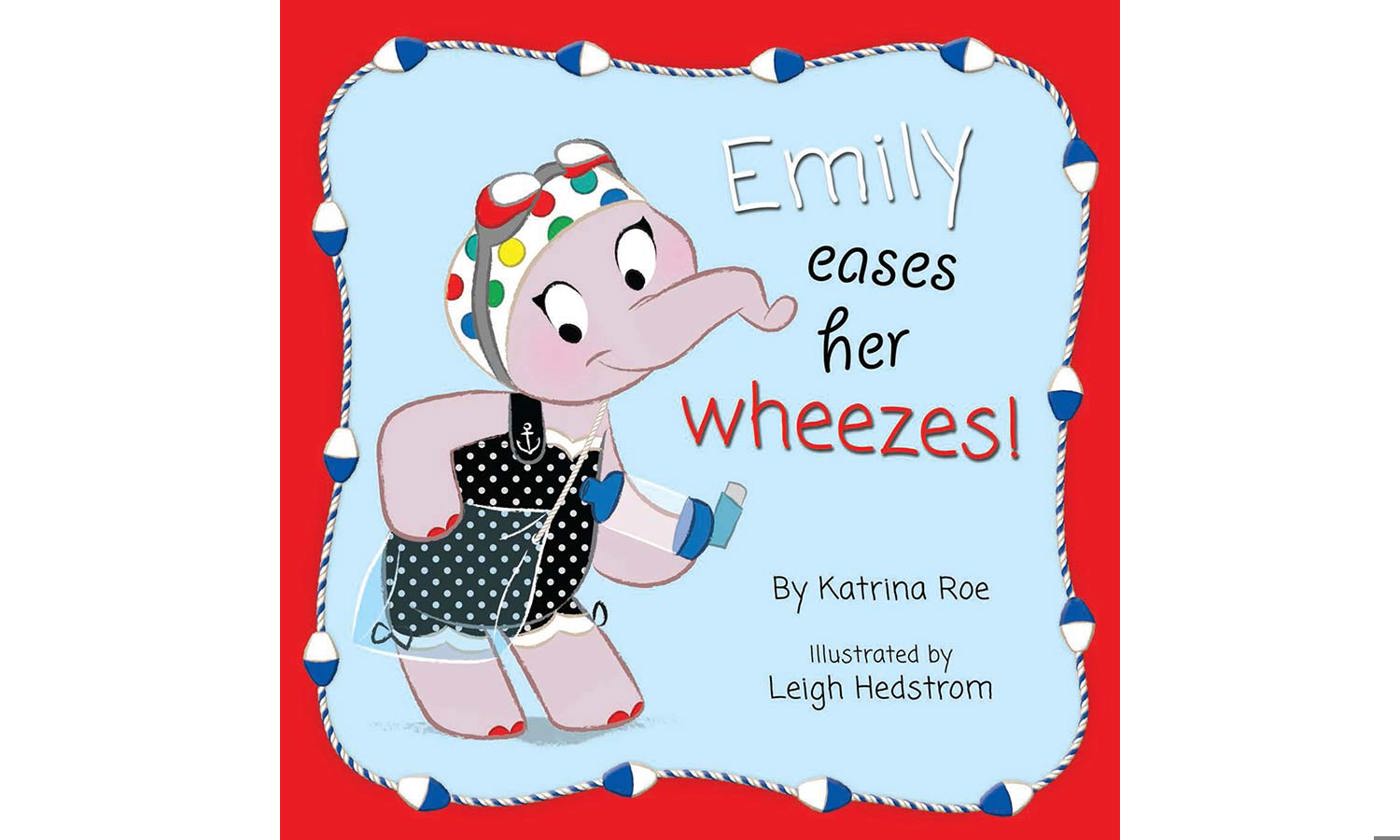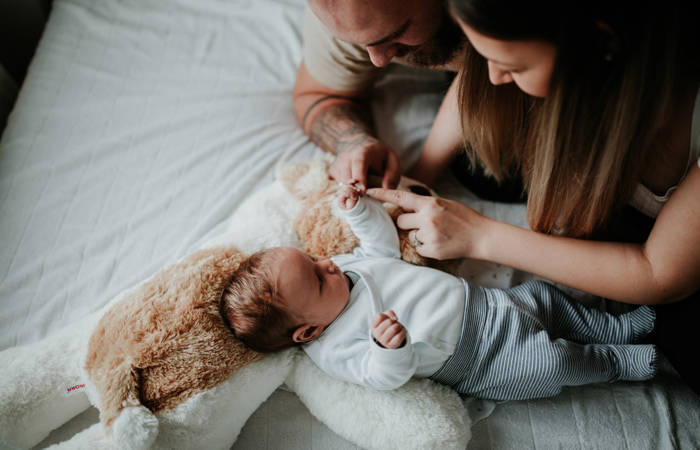Like what you see?
Sign up to receive more free parenting advice.
Thank you for subscribing to our newsletter!
Child Development

When children’s author Katrina’s Roe’s eldest daughter was just a toddler, winter was a difficult time. Her daughter Caillie would cough every night, often until she vomited.
“We would go to the doctor totally sleep deprived and beg for a solution. After a few days of medication the cough would subside, only to reoccur a few weeks later,” Katrina says.
“On cold nights the relentless coughing would continue through the night. Very early on our GP said we couldn’t test for asthma because she was too young but because of her eczema and allergies the doctor suspected asthma and began treating her.”
NSW Asthma Foundation CEO Michele Goldman confirmed Katrina’s experience was a common one.
“Childhood asthma can be quite difficult to diagnose. It often presents as a persistent cough that gets worse at night.”
Asthma remains a common reason for children presenting at hospital emergency departments. Winter can be a difficult time for parents and children with asthma, due to the prevalence of colds and flu, and the effect of cold air on sensitive airways.
However, the triggers can be different for every child.
Emily Eases Her Wheezes is Katrina’s second picture book. It was listed as a Notable Book in the 2015 Children’s Book Council of Australia Book of the Year Awards.
In the book Katrina tells the story of Emily the elephant who is full of energy. Unfortunately, Emily also gets asthma and when she has asthma she is not allowed to exercise.
Emily finds this frustrating because it means that she can’t always join in with what the other kids are doing.
These kids had never seen a puffer before and they were looking at her like she was a space alien. I wanted to put it into a book so that I could normalise it.Katrina Roe
This book is relevant to all Australian children, not just the 350,000 school children who currently experience asthma. It teaches children the most common triggers for asthma, some of which can be avoided.
By learning to recognise those triggers, children can be more pro-active about managing their asthma with the help of their doctor. But, the book also aims to remove some of the stigma associated with asthma and familiarise all children with the asthma inhaler or “puffer”.
Too often, other children will stare and point while a child is using their puffer in the classroom or playground and this can make the child with asthma feel ashamed or embarrassed to ask for their medication. Seeing their medication represented as a helpful tool in the book is designed to reduce some of this stigma.
Katrina recalls drawing a crowd of prying eyes while giving her daughter her puffer in the school playground.
“One time when we were at school I had to give my daughter her puffer in the playground before school and as I was giving it to her I noticed all these people were staring at us,” she says.
“These kids had never seen a puffer before and they were looking at her like she was a space alien. I wanted to put it into a book so that I could normalise it.”
Children with asthma also need to learn to recognise the symptoms and sensations of asthma, as opposed to feeling ‘puffed’. Over the course of the story, Emily becomes more confident at recognising when she has asthma and when she is just ‘out of breath’ due to exertion.
“One time I went to a cross country carnival and there were a lot of kids pulling out their puffers saying ‘I can’t continue because I have asthma’,” Katrina says.
“It can be very difficult for children to distinguish between being puffed and having asthma.
“If you are fit it can help you to cope with your asthma. It is important not to use asthma as an excuse not to be active. There are ways that children can exercise safely.”
Katrina says she wrote Emily Eases Her Wheezes to help families manage their asthma more effectively, remove the stigma attached to children with asthma and encourage children with asthma to understand their bodies.
Katrina understands firsthand the fear that families go through when dealing with small children and acute asthma attacks.
“One of the most memorable times was when Caillie was ill with some kind of virus and she was becoming very lethargic and we took her to the GP. I asked if she had asthma and she said she wasn’t hearing any wheeze.
“I got her home but I wasn’t going to stay there so I went straight to the hospital and it turned out her oxygen was really low. They rushed her in and put her on the Ventolin and oxygen.
“The reason she didn’t have a wheeze was because she wasn’t getting enough air into her lungs.
“After she had been treated for about 20 minutes, that’s when her wheeze appeared. That was a rough night in the hospital. That was the scariest.”
Katrina recommends that parents know their child’s triggers; be proactive with their asthma management; and teach their children to listen to their bodies.
“Whatever health challenges that children and families face it’s really important not to shy away from them. Sometimes kids are embarrassed and don’t want to make a fuss,” she says.
“If we are open and talk about those things it makes it better for everyone. Lots of athletes have some background of asthma. It doesn’t need to hold to you back.”
Seeing a GP is a great place to start if you are concerned about any health issues. Should your children display any symptoms your GP can provide assessment, information and treatment options.
Common asthma triggers include:
- Viral respiratory infections such as colds and flu
- Exercise
- Inhaled allergens such as dust mites, pollen and mould
- Smoke, including bushfires and cigarette smoke
- Air pollutants
- Some food additives or medications
- Pets
Get Advice
Real parents. Real problems. We’re here with a group of leading early learning and parenting professionals to answer your questions.




